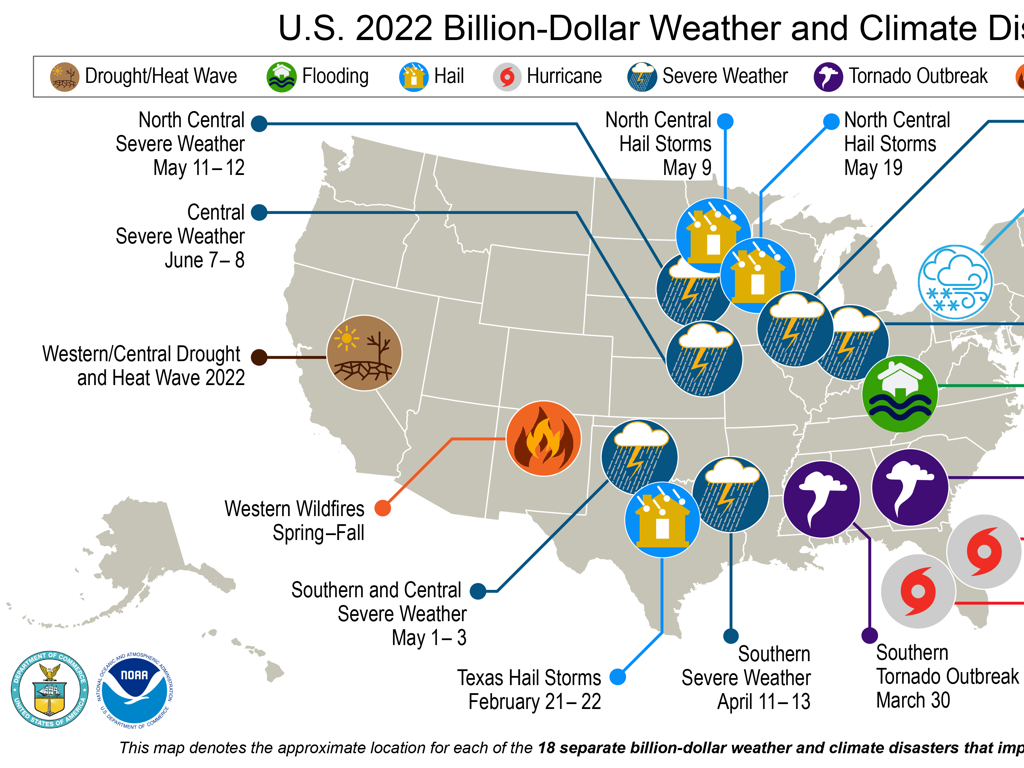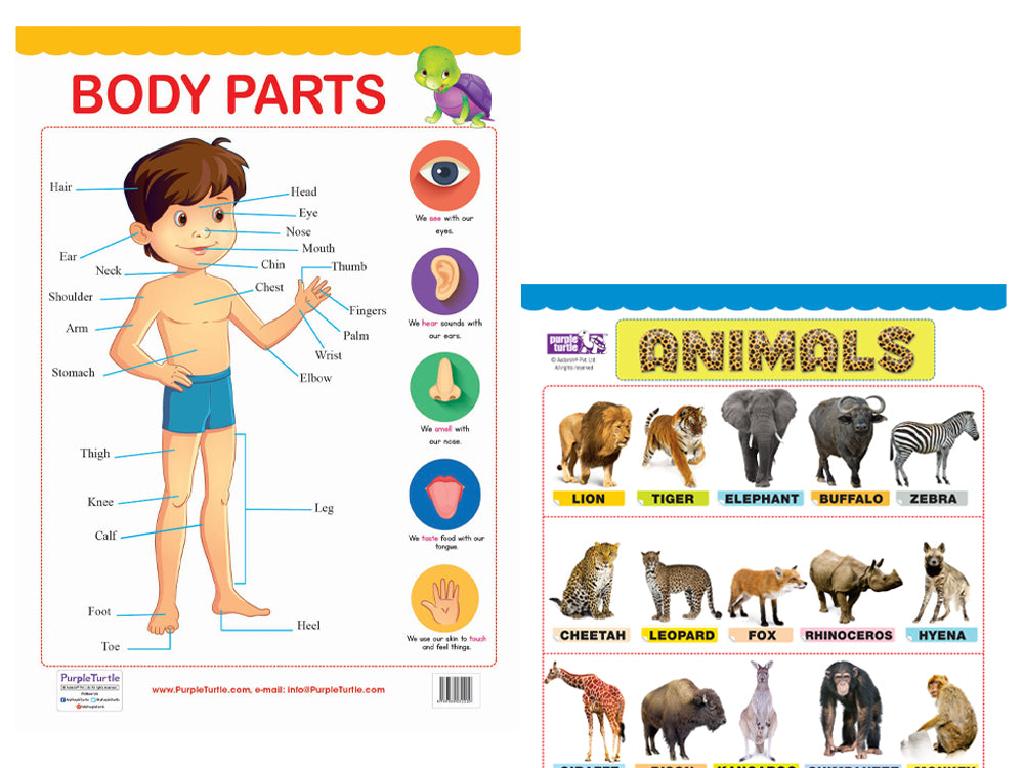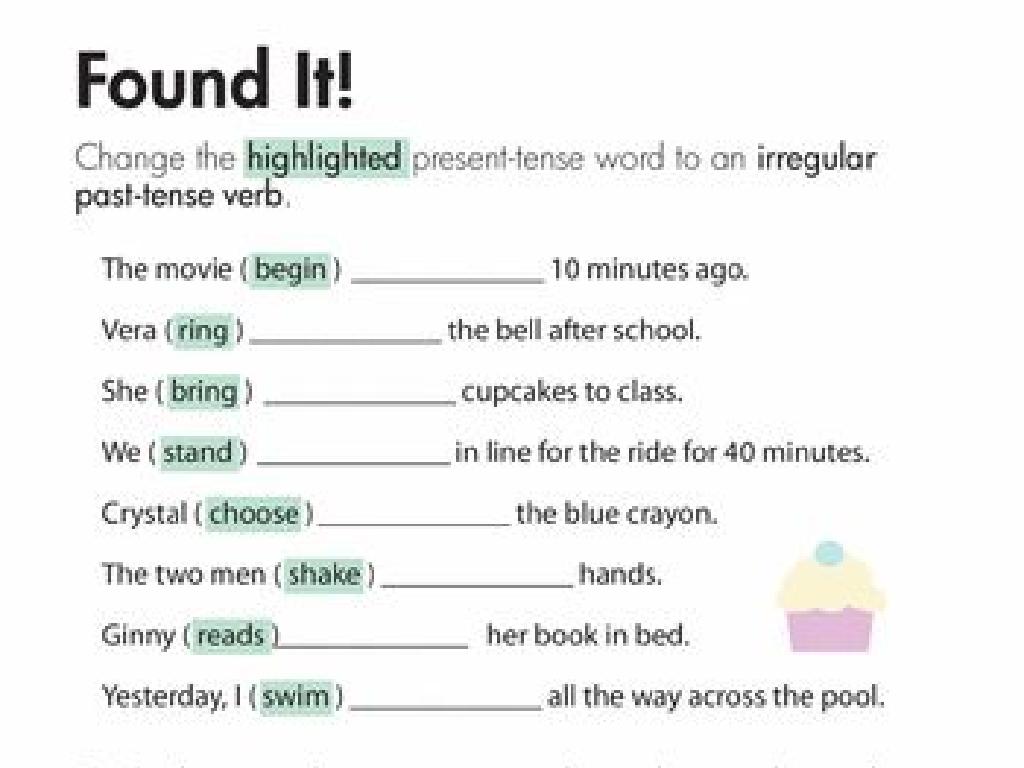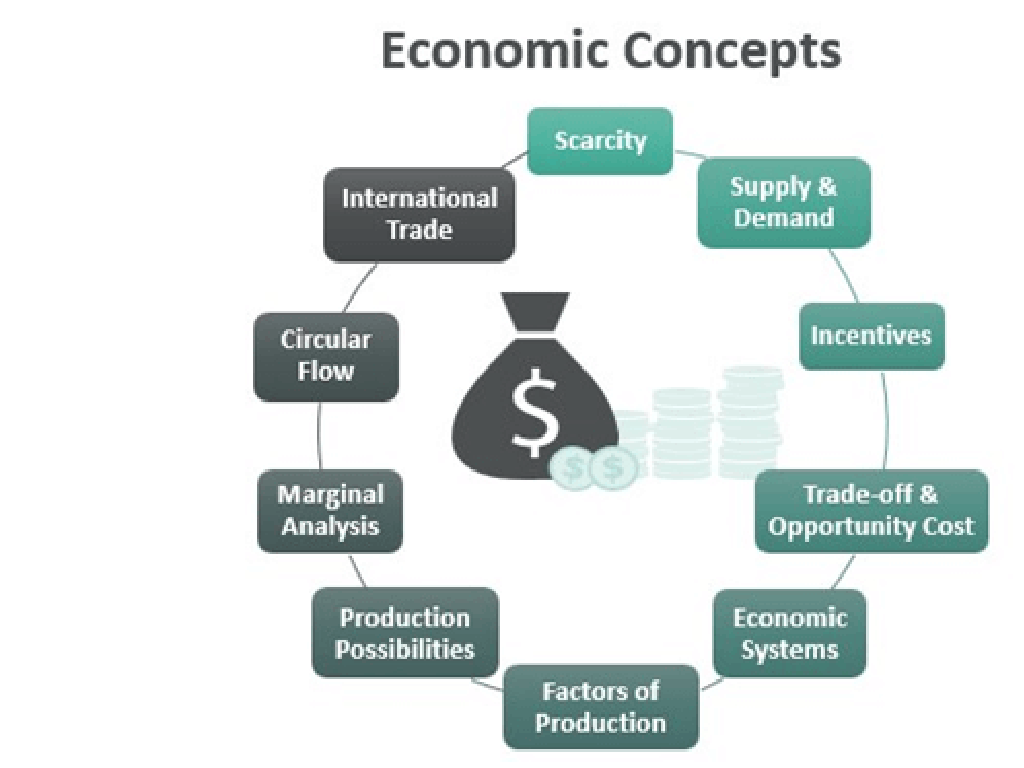Synonyms And Antonyms
Subject: Language arts
Grade: Third grade
Topic: Categories
Please LOG IN to download the presentation. Access is available to registered users only.
View More Content
Today’s Adventure: Synonyms and Antonyms!
– Exploring word relationships
– Synonyms: Words that match
– Words with similar meanings, like ‘big’ and ‘large’
– Antonyms: Words that oppose
– Words with opposite meanings, like ‘hot’ and ‘cold’
– Organizing words into categories
– How synonyms and antonyms can be grouped by meaning
|
This slide introduces the concept of synonyms and antonyms to third-grade students, helping them understand the relationships between words. Synonyms are words that have similar meanings and can often be used interchangeably, which helps in expanding vocabulary and making writing more interesting. Antonyms are words with opposite meanings, which are useful for contrasting ideas and descriptions. By categorizing words into synonyms and antonyms, students can better grasp the nuances of language and enhance their comprehension skills. During the lesson, engage students with examples and encourage them to think of additional synonyms and antonyms for common words they know. This will help solidify their understanding of the concepts.
Exploring Synonyms
– Understanding synonyms
– Words with similar meanings, like ‘big’ and ‘large’
– Examples of synonyms
– ‘Happy’ is similar to ‘joyful’, ‘fast’ is like ‘quick’
– The role of synonyms in language
– They add variety and precision to our expressions
|
This slide introduces the concept of synonyms to third-grade students. Begin by explaining that synonyms are words that mean almost the same thing, which helps them to understand and use a richer vocabulary. Provide clear examples that they can relate to, such as ‘happy’ and ‘joyful’ or ‘fast’ and ‘quick’. Discuss why synonyms are important, emphasizing how they can make our language more interesting and help us to communicate more precisely. Encourage students to think of other synonyms and use them in sentences to reinforce their understanding.
Let’s Find Synonyms!
– Engage in a synonym matching activity
– Work in pairs to discover synonyms
– Compile a list of synonym pairs
– Examples: ‘happy’ and ‘joyful’, ‘fast’ and ‘quick’
– Present your findings to the class
|
This slide introduces an interactive class activity focused on synonyms. Students are to pair up and match words with their synonyms, fostering cooperation and discussion. They should use dictionaries or thesauruses if needed to expand their vocabulary. After compiling a list, each pair will share their synonym pairs with the class, allowing for a collective learning experience. For the teacher: Prepare a list of words for the students to match, ensure each pair has access to resources, and facilitate the sharing session to confirm correct synonym pairs and clarify any misunderstandings.
Exploring Antonyms
– Antonyms: Opposite meaning words
– Examples: ‘hot’ vs ‘cold’
– Opposites like ‘hot’ and ‘cold’ describe temperature
– ‘Light’ vs ‘dark’
– ‘Light’ and ‘dark’ describe how bright or dim something is
– Antonyms express contrasts
– Using antonyms makes our language more precise
|
This slide introduces the concept of antonyms to third-grade students. Antonyms are words that have opposite meanings, such as ‘hot’ and ‘cold’ or ‘light’ and ‘dark’. These examples are chosen for their simplicity and relevance to the students’ everyday experiences. By understanding and using antonyms, students can more accurately describe their world and communicate differences. The slide encourages students to think about opposites and how they encounter them in daily life. In the next class, we can have activities where students find and share antonyms from their favorite stories or during a classroom scavenger hunt.
Exploring Antonyms Together
– Activity: Find opposite words
– Discuss meaning differences
– How is ‘hot’ different from ‘cold’?
– Why learn antonyms?
– Knowing antonyms expands vocabulary and improves understanding of words.
– Share your antonyms!
– We’ll take turns sharing antonyms in class.
|
This slide introduces an interactive class activity focused on antonyms. Start by explaining that antonyms are words with opposite meanings. Engage the students by saying a word aloud and having them think of its antonym. Facilitate a discussion on how the meanings of these word pairs differ, using examples like ‘hot’ and ‘cold’ or ‘happy’ and ‘sad’. Highlight the importance of knowing antonyms to enhance their vocabulary, reading comprehension, and ability to express themselves with more precision. Encourage students to share their antonyms with the class, fostering a collaborative learning environment. Prepare a list of words suitable for third graders and consider having visual aids or a word bank to support students who may need extra help.
Synonyms and Antonyms in Stories
– Authors’ use of synonyms and antonyms
– Synonyms and antonyms add variety and depth to writing
– Read and find synonyms and antonyms
– Find words with similar or opposite meanings in the paragraph
– Discuss their effect on stories
– How do different words change the feeling or meaning?
– Understanding through examples
– We’ll look at examples together in class!
|
This slide aims to teach students how synonyms and antonyms enrich storytelling. Begin by explaining that synonyms are words with similar meanings, while antonyms are words with opposite meanings. Use a short, engaging paragraph from a children’s story to illustrate this concept. Have students identify synonyms and antonyms within the text and discuss as a class how these words can alter the narrative, add variety, and help avoid repetition. Encourage students to think about how the paragraph might be different with other synonyms or antonyms. This will help them understand the power of word choice in writing and reading comprehension.
Create Your Own Synonyms and Antonyms
– Write a short story
– Include synonyms and antonyms
– Find words with similar and opposite meanings
– Use your imagination
– Be creative and think of fun scenarios
– Share stories with the class
|
This activity is designed to help students practice using synonyms and antonyms in a creative context. Encourage them to write a short story on any topic they like, incorporating at least three pairs of synonyms and antonyms to enhance their vocabulary. Remind them that synonyms are words that mean the same or almost the same as another word, while antonyms are words with opposite meanings. Provide examples if necessary. After writing, students will have the opportunity to share their stories with the class, which will help them learn from each other and understand the use of synonyms and antonyms better. Possible activities: 1) Pair students to peer-review stories. 2) Create a synonym and antonym word hunt within the story. 3) Illustrate parts of the story using the synonyms and antonyms. 4) Have a ‘word swap’ where students replace words with synonyms or antonyms.
Class Activity: Synonym and Antonym Hunt
– Explore the classroom on a word hunt
– Find objects and brainstorm words
– Think of different names for the same object
– Team up for a synonym and antonym challenge
– What’s the opposite of the object? Discuss with your team
– Present your word discoveries
|
This interactive class activity is designed to help students understand and apply the concepts of synonyms and antonyms in a fun and engaging way. Divide the class into small teams and have them look around the classroom to find various objects. Once an object is selected, each team should come up with different synonyms for that object, as well as antonyms that represent the opposite concept. After the hunt, each team will present their findings to the class. This will not only reinforce their understanding of synonyms and antonyms but also encourage teamwork and public speaking skills. Possible variations of the activity could include a timed challenge, using a thesaurus, or creating a synonym and antonym word wall with the results.
Wrapping Up: Synonyms and Antonyms
– Synonyms are similar words
– Words like ‘big’ and ‘large’ mean the same.
– Antonyms are opposites
– ‘Hot’ and ‘cold’ are antonyms.
– Importance in language
– They help us understand and describe the world better.
– Kudos for exploring words!
|
Today, we’ve learned that synonyms are words that have the same or nearly the same meaning, like ‘happy’ and ‘joyful’. Antonyms are words with opposite meanings, such as ‘light’ and ‘dark’. Understanding these concepts is crucial because they enrich our vocabulary, allowing us to be more precise and expressive in our communication. They also help us to better comprehend reading material by understanding the context of similar and opposite words. Great job to all the students for their enthusiasm and participation in today’s lesson on synonyms and antonyms. Encourage them to continue exploring words and their meanings at home.






